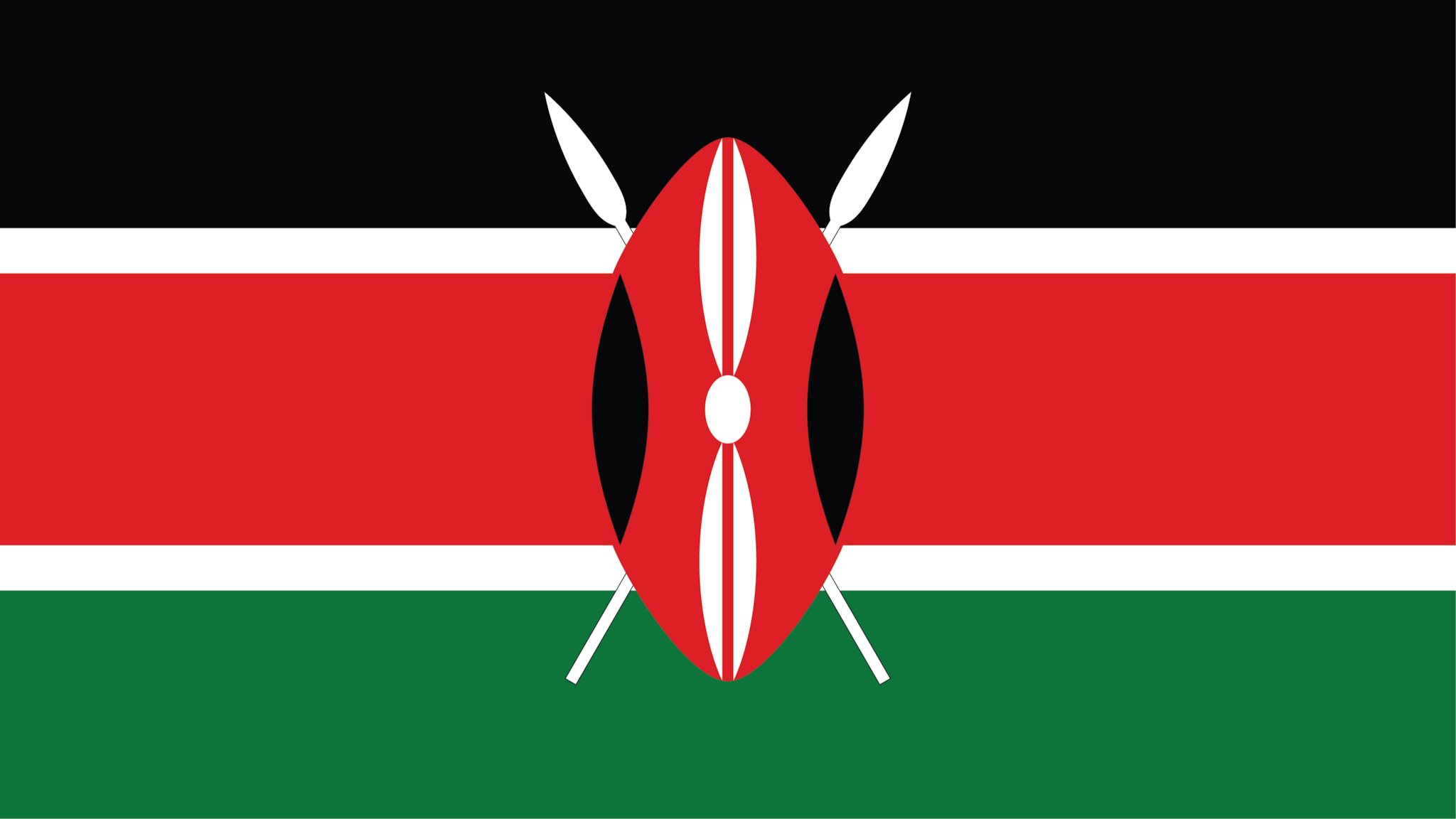At a glance
CDC works with partners in Kenya to build sustainable public health capacity, strengthen laboratory systems and surveillance networks, deliver high-quality HIV and TB diagnostic, treatment, and prevention services, and respond swiftly to disease outbreaks at their source, preventing health threats from reaching the U.S.

Strategic focus
Since 2004, the U.S. Centers for Disease Control and Prevention (CDC) in Kenya has worked with multiple partners through the U.S. President’s Emergency Plan for AIDS Relief (PEPFAR) to support and strengthen efforts to treat and prevent HIV and tuberculosis (TB). CDC collaborates with the Kenya Ministry of Health (MOH) and partners to enhance national HIV surveillance and strategic information systems, enabling the early adoption of new scientific evidence and data use.
CDC also supports improvements in service delivery for diagnosing, treating, and preventing HIV and TB, implementing high-quality laboratory services, and strengthening health systems to improve the sustainability of these programs. CDC collaborates with partners to establish and maintain financial management systems, ensuring transparency, accountability, and compliance with relevant regulations.
Read more about CDC's most recent key activities and accomplishments below.
Building public health capacity
- Supported 13 government-to-government cooperative agreements with counties to achieve direct service delivery toward ownership, leadership, and implementation capacity of HIV services.
- Established a National Data Warehouse as a collection of clinical and laboratory data from electronic medical records (EMRs). This system enables the use of machine-learning models to predict individual HIV risks and facilitate linkage to treatment or prevention services while enhancing counseling to reduce the risk of treatment interruption.
- Supported the implementation of EMRs across healthcare facilities, which helps provide comprehensive care for individuals and track conditions of public health importance, such as flu, malaria, and chronic conditions. About 95 percent of individuals on HIV treatment have an EMR, allowing better informed clinical management.
Strengthening laboratory systems and networks
- Assisted the international accreditation of 89 clinical laboratories over the last 15 years.
- Supported over 11 million HIV diagnostic tests, 1.2 million HIV viral load (VL) tests, 120,000 early infant diagnosis (EID) tests, and 900,000 TB tests each year.
- Supported the decentralization of four VL/EID testing laboratories with improved integrated sample referral networks and multi-disease testing capabilities.
- Provided proficiency panels to 21,000 staff for HIV testing and over 2,000 TB labs, and implemented continuous quality improvement activities in 3,857 rapid HIV testing sites.
- Provided technical support for laboratory-based surveillance surveys, including recency surveillance, HIV drug resistance, and the Kenya Population-based HIV Impact Assessment.
HIV prevention and treatment
- Provided antiretroviral therapy (ART) to 797,589 people living with HIV (PLHIV), and nearly 98 percent of all PLHIV on treatment achieved an undetectable HIV viral load.
- Helped 87,306 PLHIV receive pre-exposure prophylaxis.
- Of the 370,478 pregnant women who enrolled in prenatal care, nearly all (99.8 percent) were aware of their HIV status. Of those who tested positive, 99.7 percent were on HIV treatment, helping babies to be born without HIV.
Tuberculosis prevention and treatment
- Provided TB preventive treatment to PLHIV on ART, focusing on scaling up shorter regimens. Nearly 97 percent of HIV and TB patients in CDC-supported sites received ART while on TB treatment.
- Supported the MOH in updating the National TB/HIV Acceleration Plan to fast-track progress toward ending TB as a public health threat.
By the numbers
HIV
Estimated HIV Prevalence (Ages 15-49)
4.3% (2023)
Estimated HIV Deaths (Age ≥15)
18,000 (2023)
Reported Number Receiving Antiretroviral Therapy (Age ≥15)
1,284,381 (2023)
TB
Estimated TB Incidence
223/100,000 population (2023)
26% (2023)
TB Treatment Success Rate
89% (2022)
